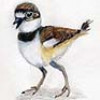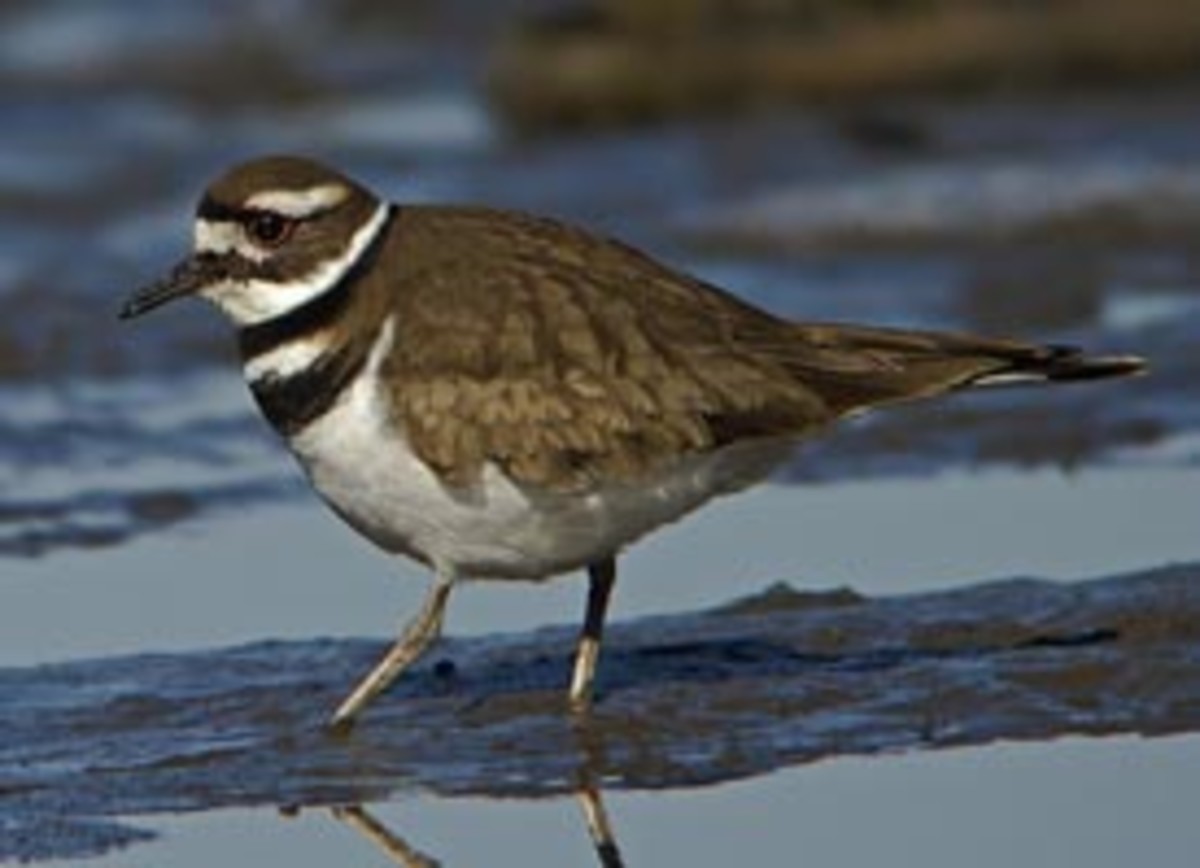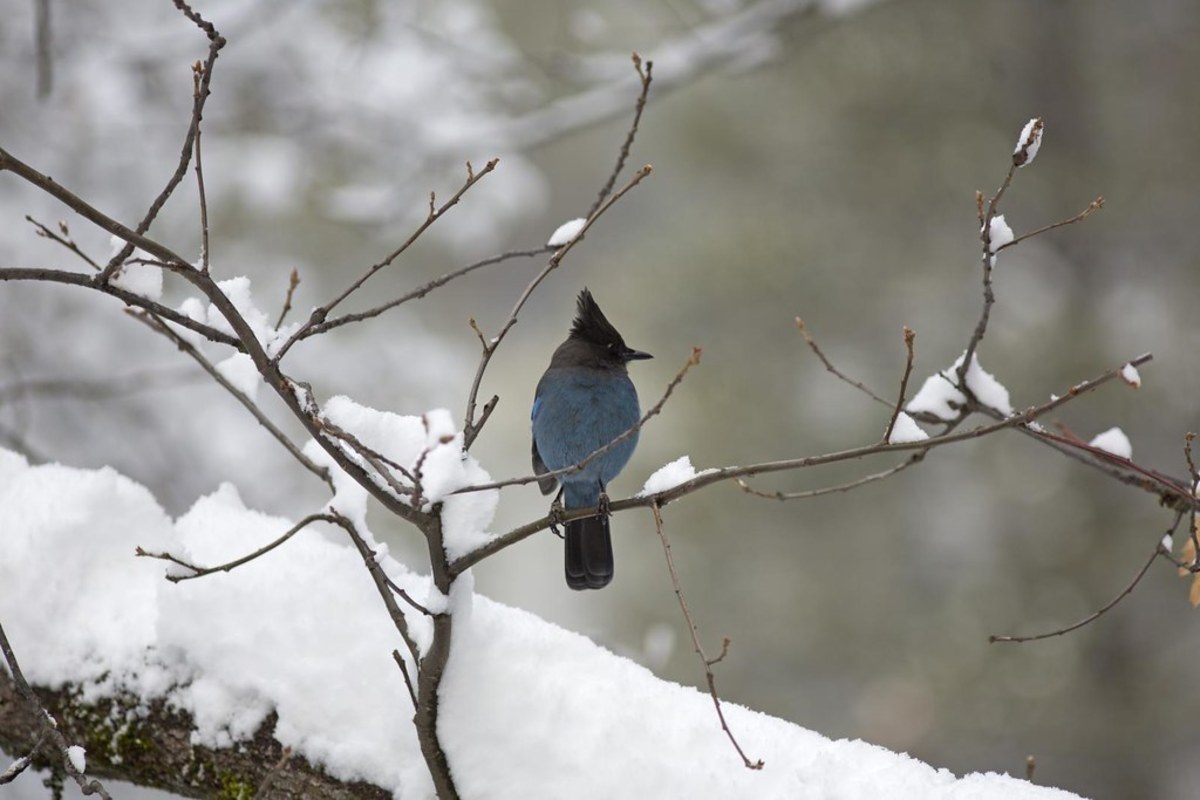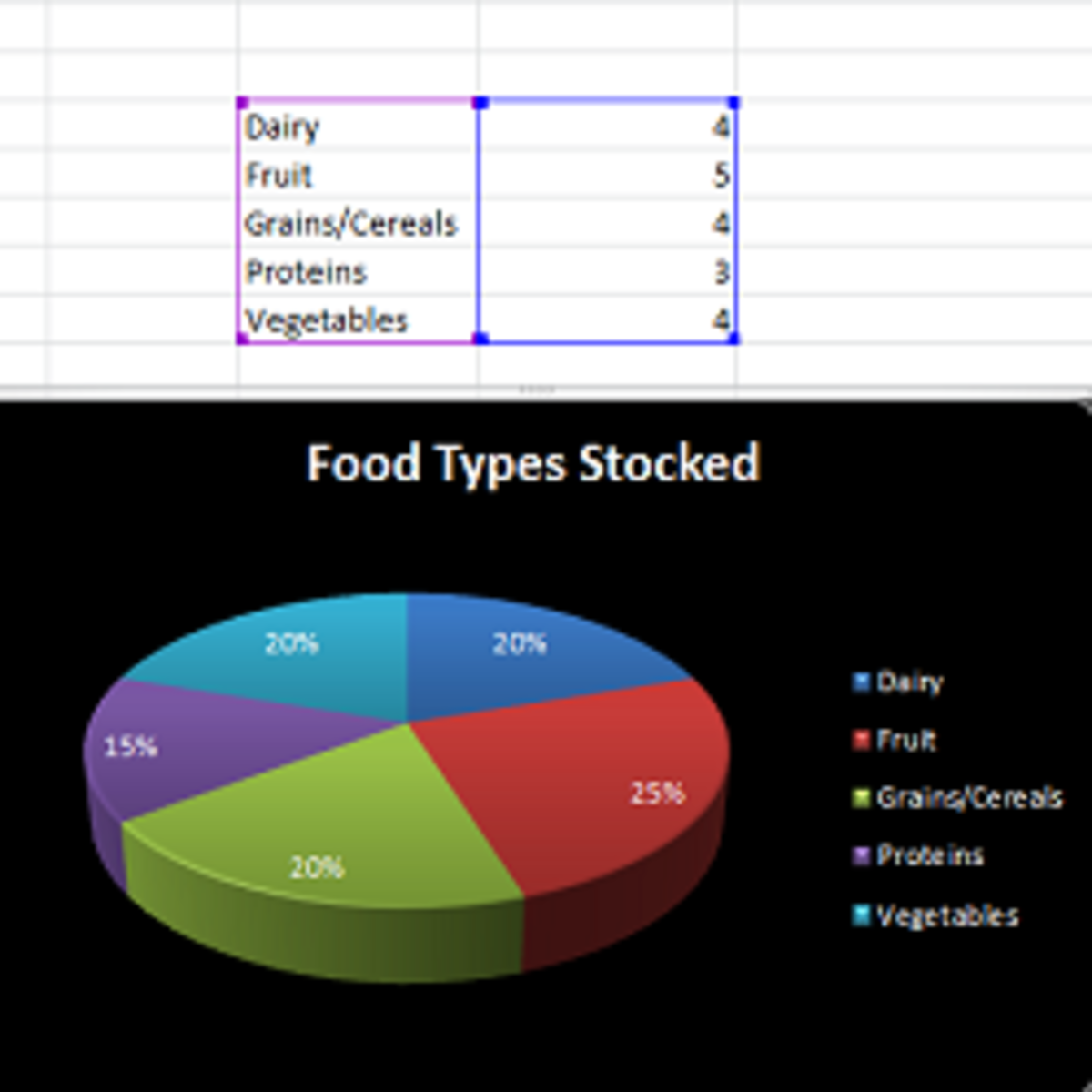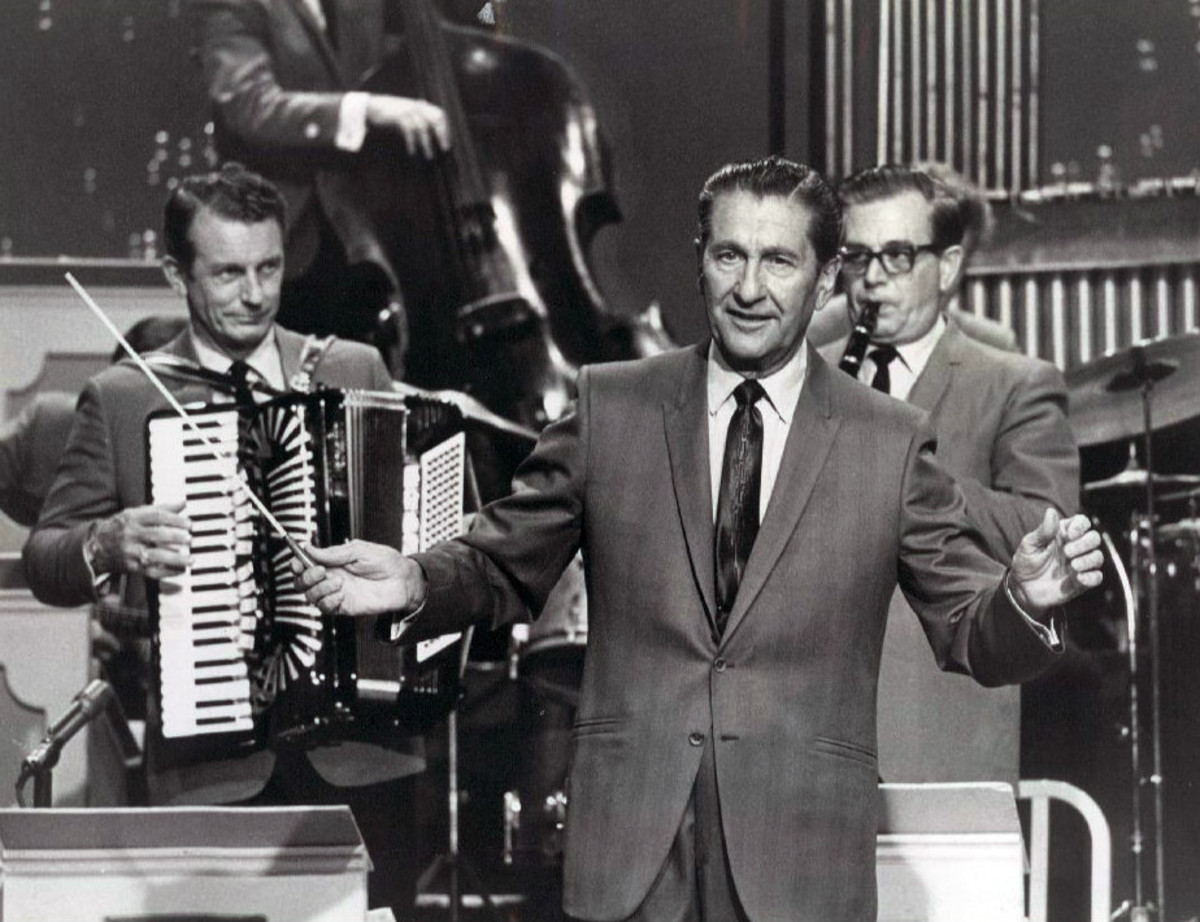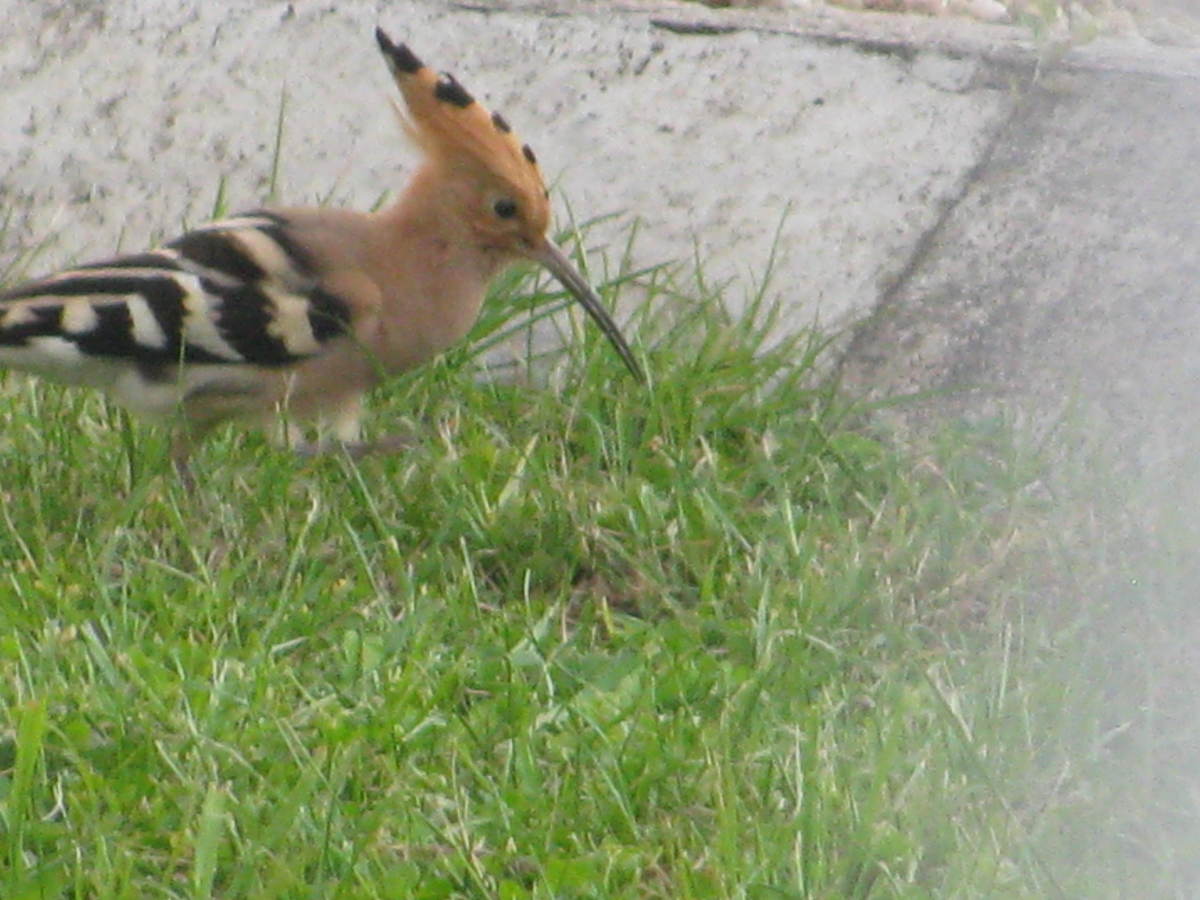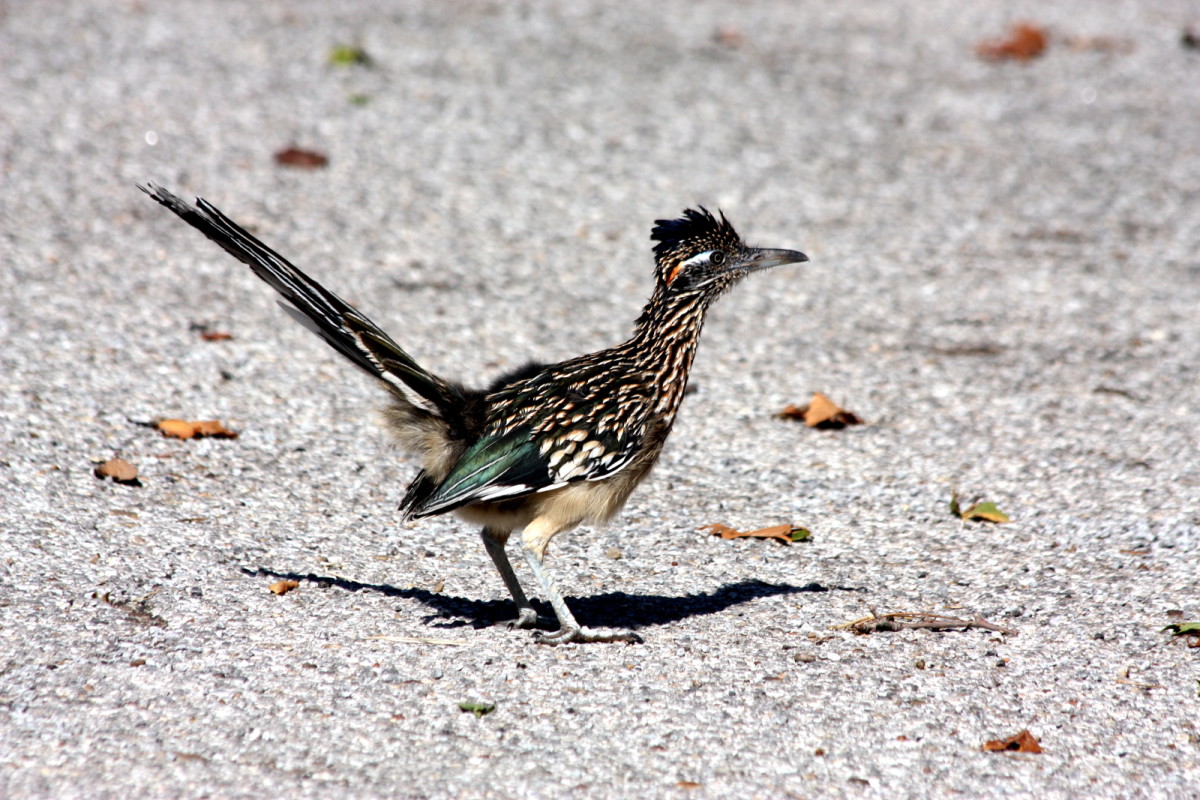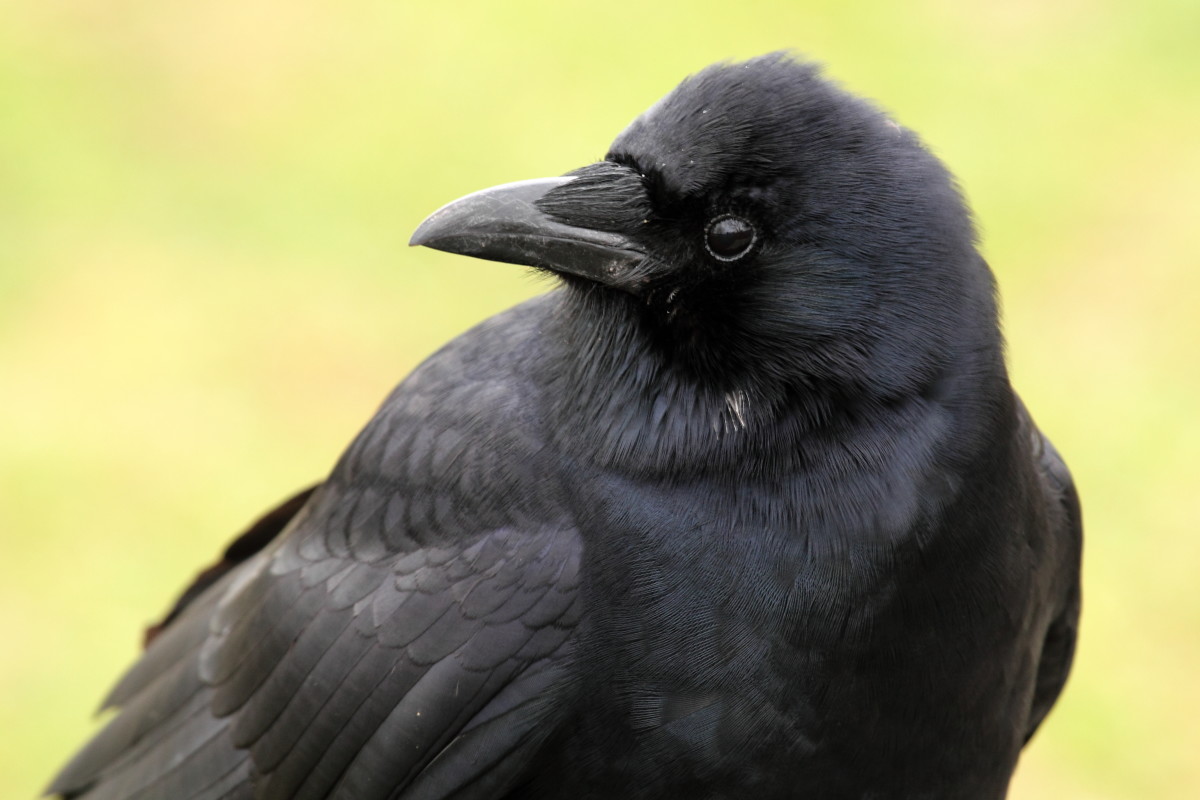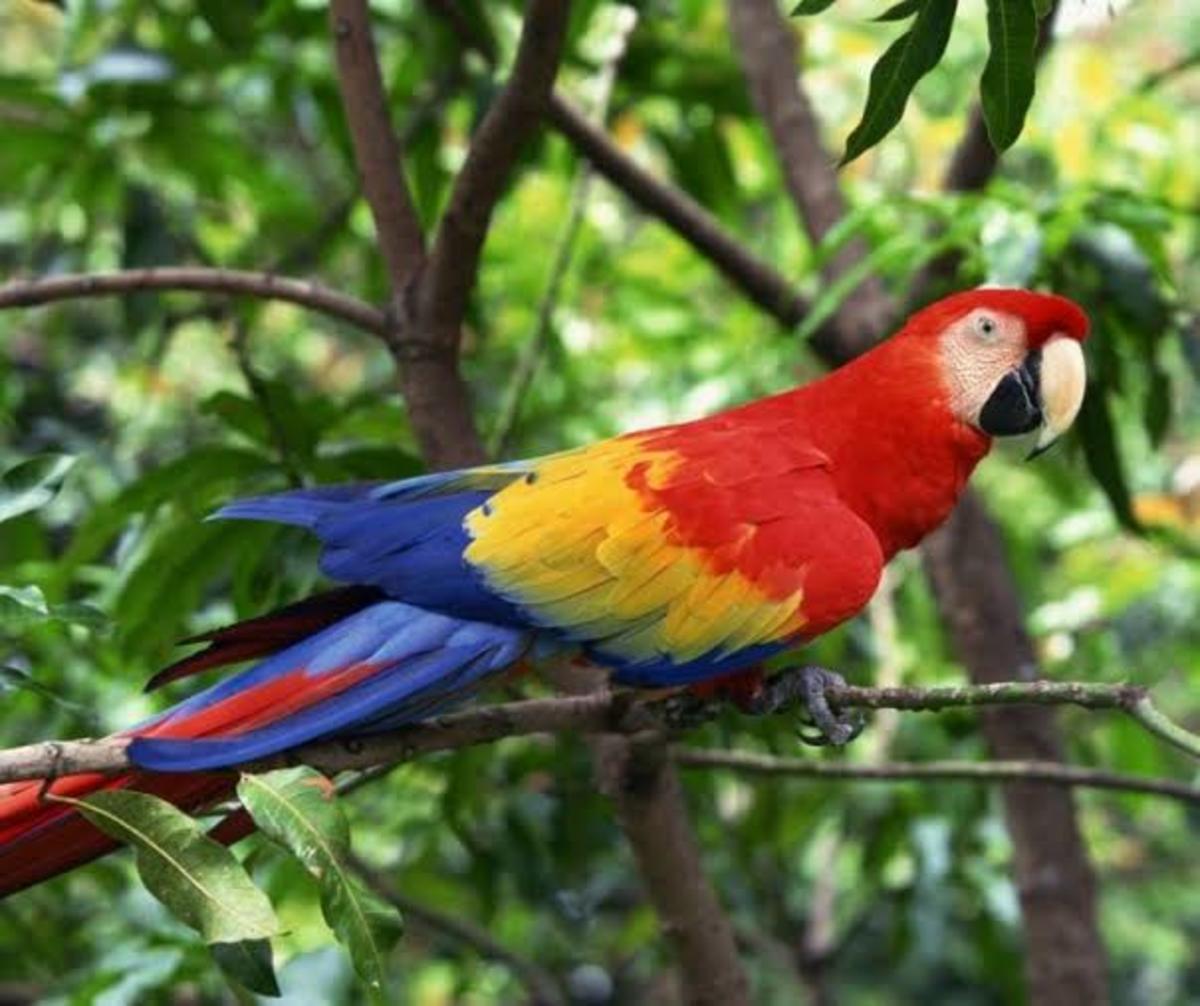How to do the Christmas Bird Count
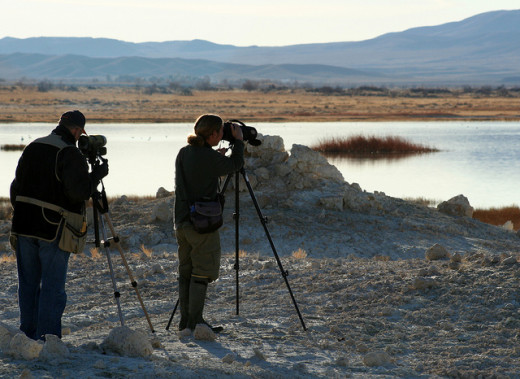
What is the Christmas Bird Count?
Back before 1900, people often celebrated the holiday season by having a massive bird hunting contests. People would try to shoot the most birds in one location on one day. One day, Ornithologist and early Audubon officer, Frank Chapman, and a small number of bird advocates suggested that people count them instead of shooting them. Many bird species were declining in worrying ways and they thought that maybe people should do this instead of killing them off. Thus, the Christmas Bird Count was started.
Just to clarify, the Christmas Bird Count isn't actually on Christmas Day. It's actually the last two weeks of December and sometimes another week after the new year. Most of the counts are done on Saturdays, though some will take place on Sunday or during a week. Counting is done in specific locations within a 15 mile radius. More populated areas may have more than one counting circle. All counts are organized and managed by the local and national Audubon Societies.
Right now, counting is mostly done in the western hemisphere, though there are talks to have other locations join in the tradition. Some other countries may have their own version of holiday bird counts not in connection with the Christmas Bird Count.
Audubon video about the bird count
How to get involved in the Christmas Bird Count
This is something that is highly organized and documented. You can't go and do your own count and have it logged in as part of the Christmas Bird Count. Of course, you can count birds on your own any day at any time, but it won't be part of the official count. If you want a less organized, more free-form international bird count, try the Great Backyard Bird Count.
If you want to try for the Christmas Bird Count, here are some steps to get involved:
- Visit the official CBC website to find which counts are near you. The list is usually posted by mid-November.
- Choose your site or sites (yes, you can do more than one each year)
- Contact the compiler; they are the ones in charge of your circle. They will put you on a team of usually two other people, sometimes more.
- Contact your team, if necessary
- Familiarize with your counting districts
- Show up on time
- Meet for lunch and go over sightings; debate any if necessary
Like any type of count, you will need proof of anything unusual or rare for your area. Discussion and disagreement about what was seen is not uncommon, so be prepared to state your case if you insist that you saw an unusual bird.
What you will experience during the count
Once you meet with your team, the fun will start. Be sure to be on time as the rest of the team may move on without you. Some teams may want to meet up extremely early so they can find and count owls. If you are unable to do so, let them know and arrange a meet-up later in the day.
Expect to do a lot of walking and standing around. Be sure to take as many photos as possible, especially for ID purposes. About mid-day, all the teams will be meeting up at a common meeting place. There, food is usually served. Some counts may require a nominal fee or donation to cover the food. You can also bring your own food. Groups will go over the sightings for the day.
In the afternoon, you and your team may go out and continue birding for as long as you like, but it is optional.
Your work matters!
Doing these counts provide researchers with critical data regarding birds and other environmental issues.
Savanna Sparrows
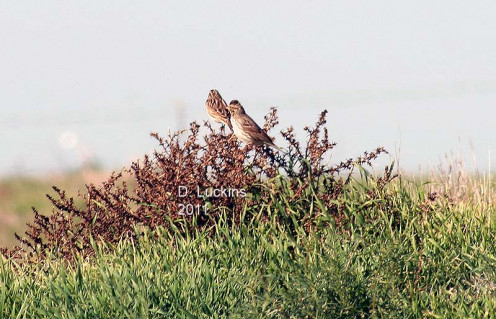
I've never done a full-days count and I sometimes have a hard time finding a count that is not on a Saturday. But, I like to get at least some photos when I do these counts. Unfortunately, a lot of time we are moving too fast for me to stop and take photos. I did manage to get a few photos on the 2011 count such as the savannah sparrows above.
One thing I have to say, though, is that I found out about new places to find and look at birds. Right near my home, I found several sections of a park that I never knew about that had interesting birds. For example, I never knew we had sapsuckers around my neighborhood, but we found their bore holes on several trees.
Buena Vista Lagoon
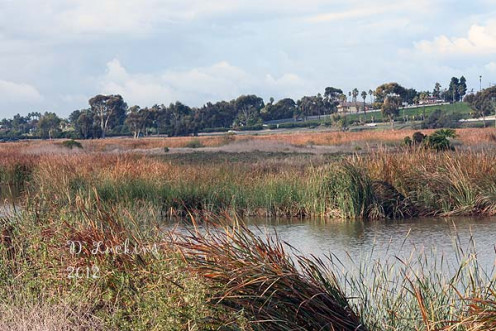
After the count
After the count, you should get an email with the results if you left your email address with the compiler. In the past, people who donated $5 got a printed version of the results in the form of a large magazine. For me, I'm glad they switched to a digital format. I'm not sure if there's a print alternative anymore.
Yes! You can do more than one!
Many counts happen on different days. You can do as many as you want. Contact the compiler for each circle you plan on counting in.
Kestrel on a fence
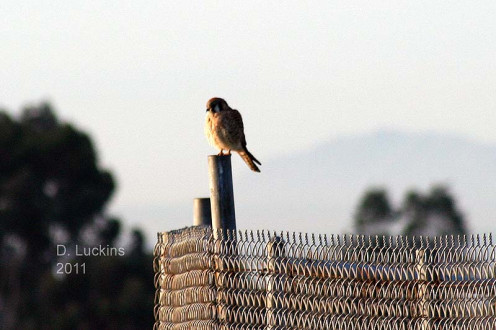
2014! Common Ground Doves
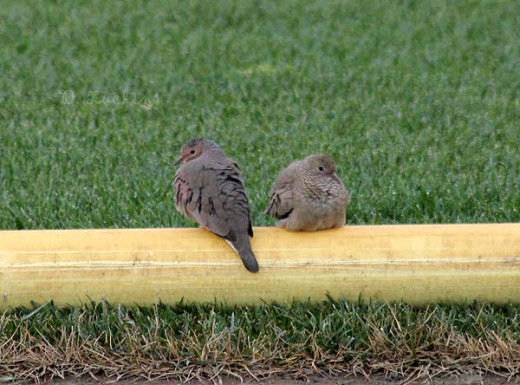
More to come
I plan to add more to this hub each time I do a count. I can't always do a count every year, but when I do, I will post some more photos and experiences.
